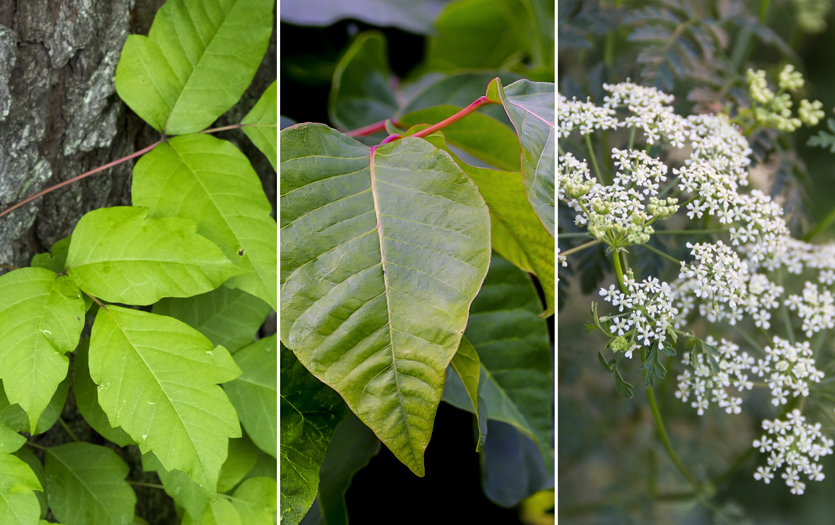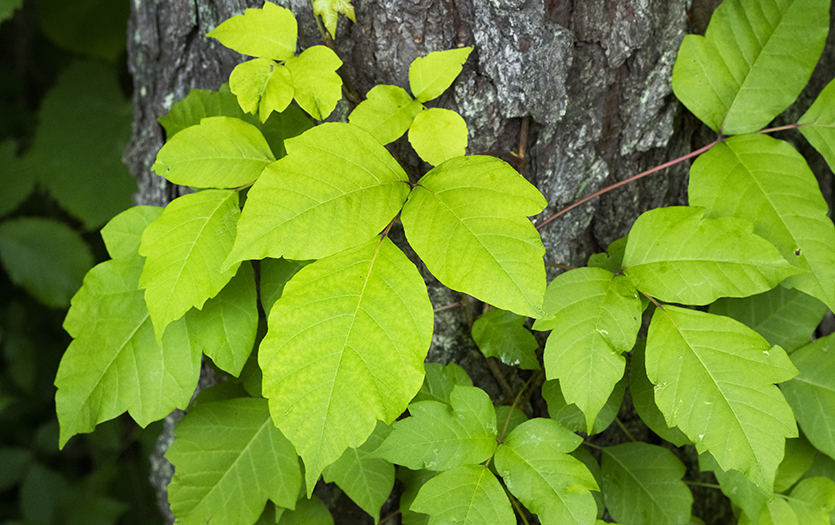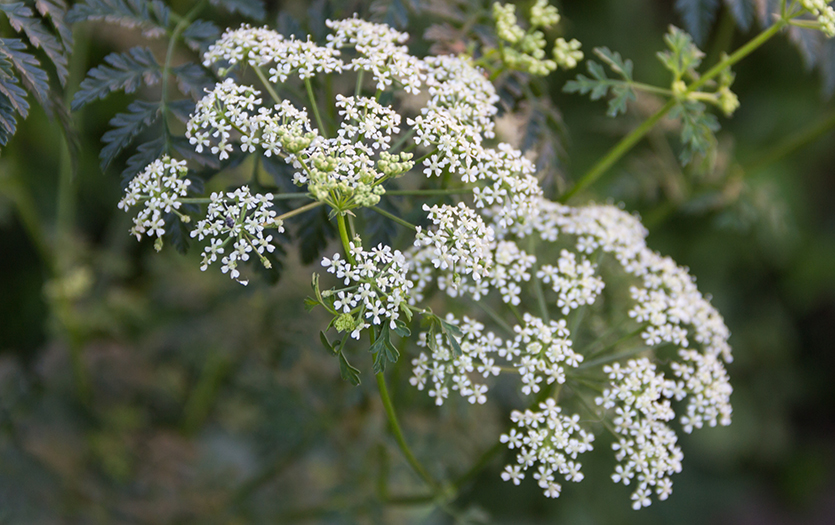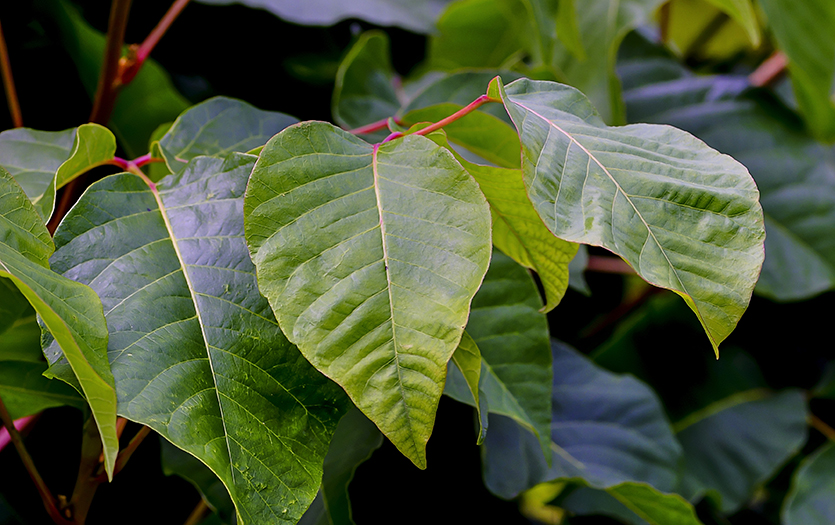
During warmer months, we spend much more time in nature. While there are countless benefits to the great outdoors, there are also some risks to be aware of. We sent a handful of poisonous plant questions to expert James Wolff, Agriculture and Natural Resources Educator, County Extension Director, Purdue Extension - Allen County, so we could all be a little more prepared.
What are the most common poisonous plants in Northeast Indiana/Northwest Ohio?
Several common poisonous plants exist in the Northeast Indiana and Northwest Ohio area. Most of these are only poisonous if eaten. The most common plants that can cause adverse reactions to the skin if contacted are poison ivy, poison sumac and poison hemlock. Poison hemlock is becoming an increasingly common weed in the area.
What seasons are these most prevalent?
These plants are most prevalent when they are actively growing during late spring, summer and fall. Poison ivy and poison sumac are perennials; they grow for multiple seasons, so you may still come into contact with their vines, stems or roots in the winter. Poison hemlock is a biennial and is usually noticed in its second year of growth, but may still have first-year plants hiding in the area.
How can the layperson identify these plants?
Poison ivy
Most commonly identified by its leaves, poison ivy has 3 leaflets coming from a central point. The leaflets may have margins that are smooth or toothed. On the leaf, the lower two leaflets are opposite with a small stalk and the third has a long stalk in the middle. The leaves may be waxy, oily and/or warty. Poison ivy leaves also alternate along the stem and do not grow opposite each other. Older plants may vine up trees with aerial roots from the stem and produce small berries. It’s most common in fencerows, wooded areas and landscapes but can be found growing in many other locations.

Poison hemlock
First year hemlock plants appear as a small rosette of leaves and can grow to 3-10 feet in the second year. Leaves are green and fern-like with a pinnately compound appearance that looks almost lacy. Leaves are very similar to wild carrots but have a much lacier appearance. Stems can be thick and most notably exhibit purple spotting and coloring. Flowers are large umbel shapes and white in color. Poison hemlock is adaptable to many locations but prefers open, sunny areas such as pastures, roadsides and lawns.

Poison sumac
Less common but generally found in or near wet areas and swamps, poison sumac can be about 6-20 feet tall, with compound leaves that have 7-13 leaflets and smooth margins. Plants have hairless green berries that turn gray-white when mature.

What are the most common symptoms or presentations from exposure to poisonous plants?
The saps and oils from these plants can cause skin irritation. Affected people may experience skin blotches, burning, water blisters, swelling and/or intense pain. Reactions vary among people and levels of exposure. Symptoms may develop quickly or take several days to become noticeable.
What are some tips for those who will be out in nature?
When hiking, wearing close-toed shoes, socks and long pants is best. This helps reduce skin exposure to plants lower to the ground. This can also protect you from biting insects like mosquitoes and ticks.
We recommend wearing gloves when working with plants to avoid skin contact in the home landscape. Long-sleeve shirts can also help prevent contact to the arms. Paying attention and identifying plants around you is also helpful so you know what you are working with. People have different tolerance levels and reactions to many other plants that may not be considered harmful. If you do contact these three plants, we recommend washing the area with soap and water. The oily residues do not come off easily by just rinsing with water.
Any other pieces of advice for enjoying the great outdoors this season while avoiding the risks associated with plants?
It is best to always be mindful of your surroundings. If you have a history of adverse reactions to some plants, take extra precautions against them and work to avoid them. Also, remember that symptoms may not appear for several days after exposure. There are many plant sthat may be toxic if eaten. Always be sure you are confident in identifying a plant before it is consumed.
Purdue Extension can help identify plants and we recommend university or government sources for accurate identification descriptions.
Resources
More on poison ivy
More on poison hemlock



